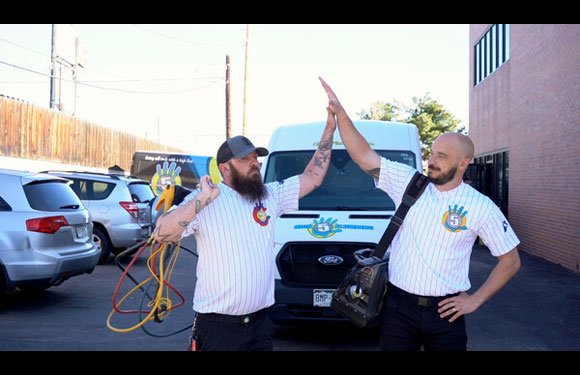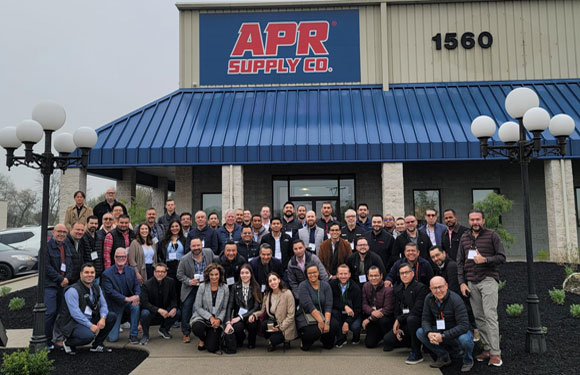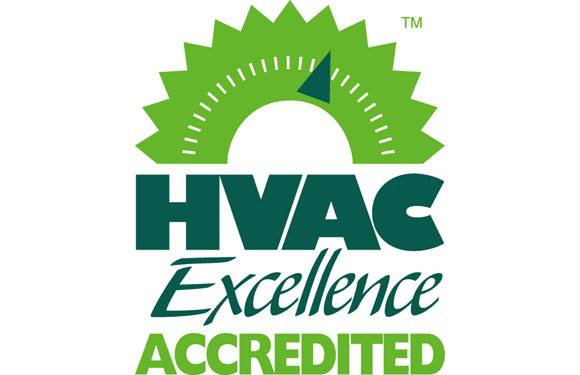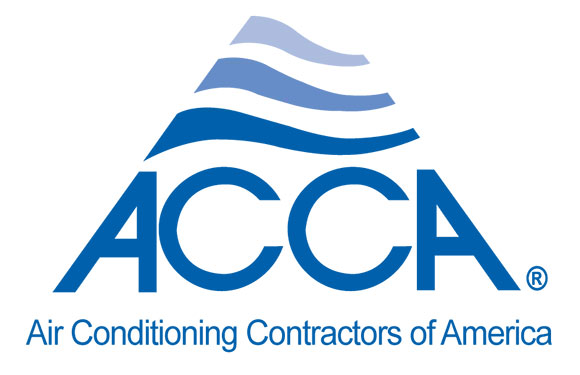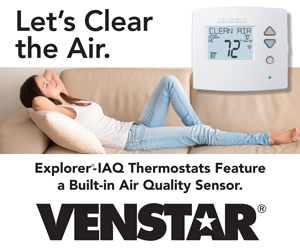
News
Carbon Monoxide: Five Skills a Combustion Analyst Needs
By David Richardson

Tracking down combustion problems is like chasing ghosts. They’re invisible. They leave virtually no external indicators. If you’re chasing a ghost, you call Ghostbusters. If you’re chasing a combustion problem, you call a Combustion Analyst. Let’s look at what a combustion analyst is and five key skills they need to be successful.
What’s a Combustion Analyst?
Combustion Analysts are a specially trained breed of HVAC technicians who have a deep understanding of how to test, diagnose, and repair combustion-related problems in fuel-fired equipment.
They look at and understand the factors needed to solve safety, comfort, and efficiency issues. These factors range from equipment and duct system defects to building interactions such as stack effect. Understanding the cause and effect relationships that occur is crucial in tracking down invisible problems that lead to CO poisoning, high gas bills, uncomfortable rooms, and cracked heat exchangers.
However, a thorough understanding of such interactions isn’t enough. A Combustion Analyst needs concrete measurements to verify and systematically eliminate potential issues to identify the root cause of the problem. They typically gather these measurements from combustion, draft, static pressure, and temperature testing.
Combustion Testing
A Combustion Analyst depends on testing instruments, including a combustion analyzer capable of measuring CO (Carbon Monoxide), O2 (Oxygen), and flue temperature.
These measurements allow the analyst to determine safe equipment operation, proper flue gas venting, proper ignition and shutdown, and help verify mechanical operation. However, unless the analyst knows how to interpret the numbers and distinguish analyzer patterns, these measurements can lead them to inconclusive results.
Draft Testing
Draft testing helps to further drill down into hidden issues that might not be revealed at first with combustion testing. I recommend using a draft gauge capable of measuring inches of water column (in. w.c.) in the -.01 in. w.c. to -.10 in. w.c. range. My ‘go to’ instrument for most applications is the Dwyer 460.
Draft testing allows the analyst to determine if the equipment’s flue functions as intended. It also helps to identify external influences that lead to spillage and backdrafting, such as duct leakage and exhaust fans. Furthermore, this test is crucial for verifying combustion air performance and identifying flue restrictions that can easily go unnoticed.
Static Pressure Testing
A Combustion Analyst needs a good understanding of airflow and how it affects system operation. Static pressure is one of the first measurements taken to identify airflow restrictions within a system. A manometer capable of measuring up to .10 in. w.c. is the test instrument of choice to measure static pressure.
Total external static pressure (TESP) is the most common test used to identify low airflow. If TESP is excessive, chances are good that airflow is low. Many heat exchanger failures are tied directly to a lack of airflow. Unless static pressure is measured and verified before a heat exchanger is replaced, you might be signing the death sentence on the replacement.
Remember, most heat exchangers don’t fail – they are murdered by bad installations and improper setup.
Temperature Testing
A Combustion Analyst measures temperature to further identify airflow and comfort issues. A quick-reacting dry bulb thermometer will work for these tests. The equipment temperature rise or Delta t (∆t) is the first and most common measurement taken. Compare it to the nameplate range to assure it isn’t on the high or low side. If it’s outside of range, there could be an airflow or fuel input issue.
Supply register temperature is another measurement that helps the Combustion Analyst identify duct system issues allowing heat to be lost before making it to the conditioned space. They measure supply register temperature in the most uncomfortable room or the farthest point from the furnace, then compare it to the supply air temperature at the furnace. The two should be within two to three degrees (2-3°F) of each other. If the ∆t exceeds this range, it’s time to inspect the duct system.
Deductive Reasoning
A Combustion Analyst might be capable of taking all the test measurements we just reviewed, but without deductive reasoning, they’re only gathering numbers. You must be able to put all the test measurements together and interpret the information.
It can be a challenge to systematically determine the cause of a problem. Proper diagnosis requires an understanding of what is happening and what could happen. The best way to isolate issues is to eliminate potential suspects one at a time. Figure out what the problem isn’t first, and eventually you’re left with the culprit.
Endless Testing
There are plenty of additional tests that can be learned and performed. However, there is a fine line between getting the necessary information and turning your customer’s house into a science project.
Know which test applies to defects and you’ll avoid any potential rabbit holes. Remember, if you don’t test, you’re just guessing, but you also shouldn’t measure everything just because you can.
Take an evaluation of the skills presented here and see where you are. How many of these tests do you currently perform, and do you know how to interpret their results? If not, ask yourself, do you have what it takes to become a member of this elite group?
Your customers might not have ghosts that need busting, but they may have hidden safety, comfort, and efficiency problems that only a Combustion Analyst can address.
About the Author
David Richardson serves the HVAC industry as a curriculum developer and trainer at the National Comfort Institute, Inc. (NCI). NCI specializes in training focused on improving, measuring, and verifying HVAC and Building Performance.
If you’re an HVAC contractor or technician interested in learning more about adding carbon monoxide testing to your services, contact David at davidr@ncihvac.com or call him at 800-633-7058. NCI’s website www.nationalcomfortinstitute.com is full of free technical articles and downloads to help you improve your professionalism and strengthen your company.




